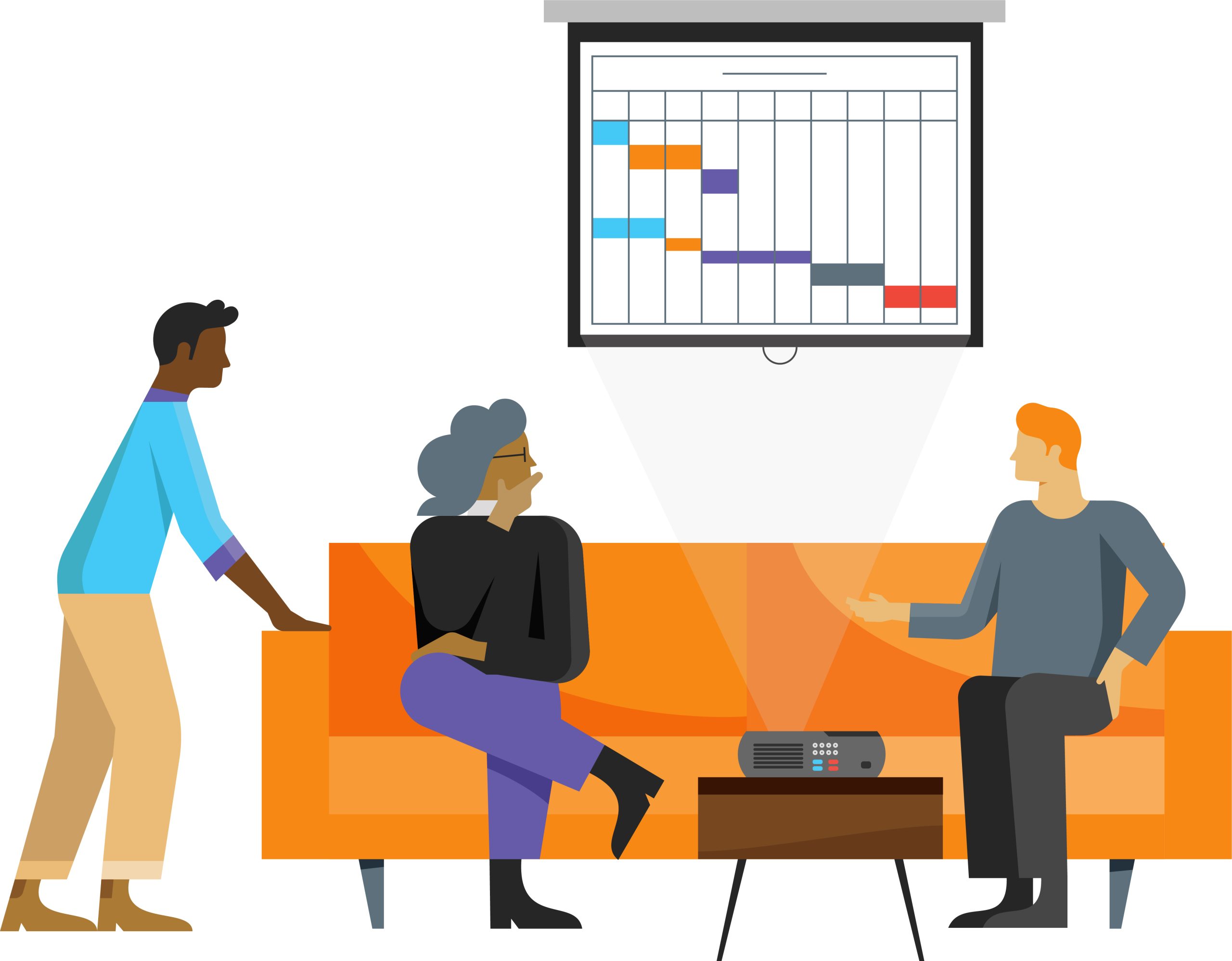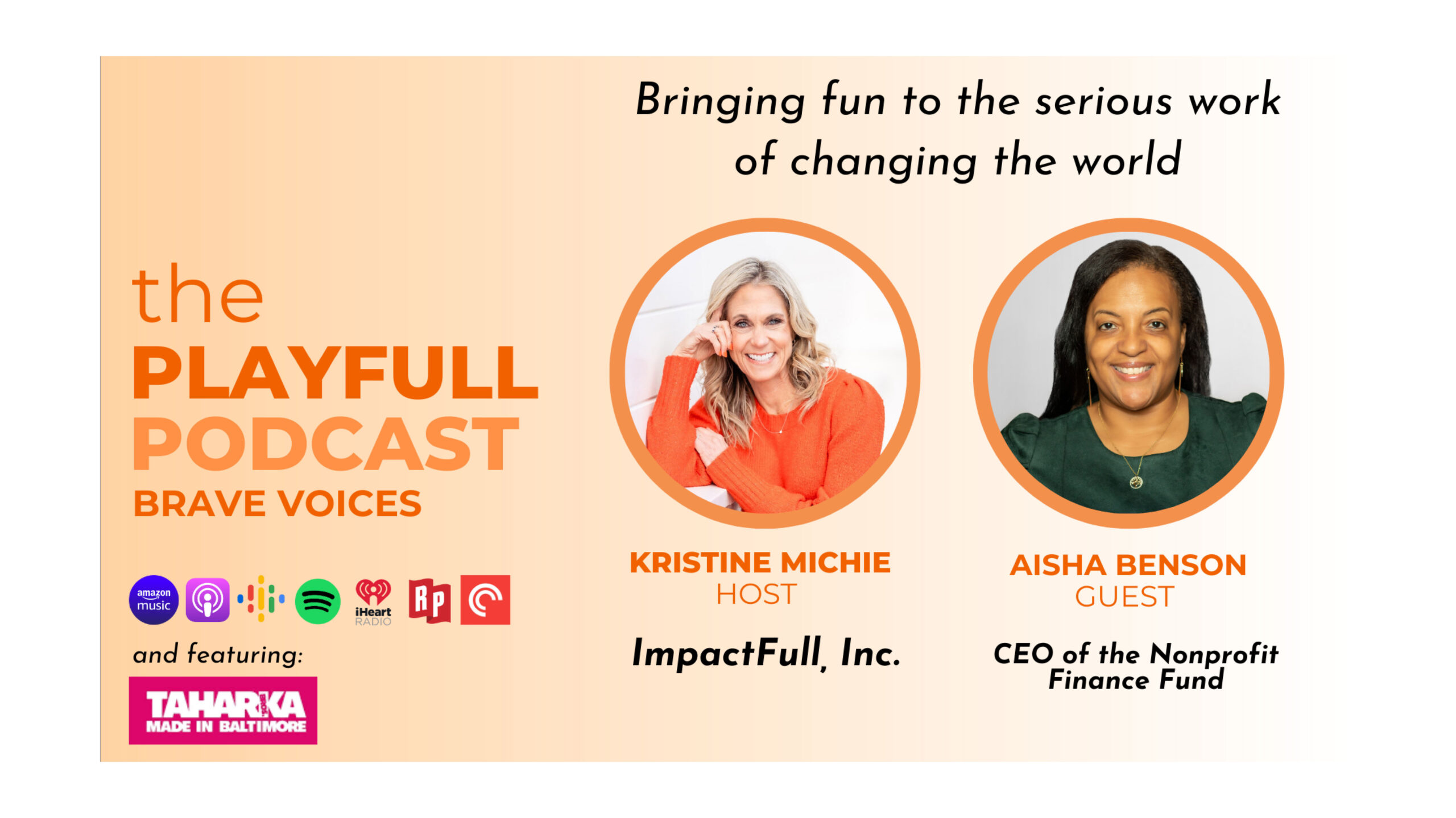As technology continues to rapidly evolve, digital humanities organizations have been at the forefront of innovation in the humanities. They use technology to improve education and scholarship. And they find new ways to preserve stories, voices, and digital creations.
In June 2020, NFF kicked off a project to support a cohort of digital humanities organizations by deepening and strengthening their financial resilience and adaptability. With more people operating in digital spaces than ever before, the work of digital humanities organizations is crucial for developing, preserving, and sharing cultural artifacts, representations, and scholarly work for generations to come.
Following is an interview with Kathleen Fitzpatrick, Director of Humanities Commons, about some of the unique dynamics digital humanities organizations face and how a change capital grant has catalyzed opportunities for growth.
Digital humanities is a broad term and field – how do you define it?
At Michigan State University (MSU), where Humanities Commons is currently hosted and fiscally sponsored, we define digital humanities as an overlapping Venn diagram of two different ways of thinking about the relationship between technology and the humanities.
On the one hand, digital humanities focuses on using the computational tools that are available to scholars to study the traditional questions of the humanities regarding texts, images, authorship and so forth. We’re interested in how digital technologies can open up new kinds of questions, methods of inquiry, and analysis within the humanities. The field also asks questions from the perspective of the humanities about the technologies themselves and their impacts on communication and culture. There’s a back and forth between using technologies as tools to investigate questions posed by the humanities and using a humanities-centered approach to investigate questions about technology.
One subfield of digital humanities explores how computational platforms can allow for new kinds of production and communication for the work that’s going on in the humanities. To some extent, all scholars today are doing digital humanities, whether they’re doing so consciously or not, just by virtue of having to wrangle the systems that we use to do research and communicate about that research.
In your own words, can you share a little bit about what your organization and what it does?
Humanities Commons offers a space where members create publicly visible profiles to share their work and describe it for new audiences and new communities. Practitioners can share preprints of articles, syllabi, lecture notes, presentations, or any kind of other scholarly output that they might be producing. They can also find out what’s happening to the material they share (e.g., how many downloads it’s had and so forth).
Humanities Commons combines this public-facing repository of material that’s being developed across the humanities with a social network that brings together nearly 30,000 scholars and practitioners into groups where they can collaborate, communicate with one another, and push their fields forward.
Do you have any stories that reflect the community-led nature of how Humanities Commons evolved?
I was brought on as the director of scholarly communication at the Modern Language Association (MLA), the largest scholarly society in the humanities, to think about how the MLA’s publishing practices could be updated for the 21st century. There’s been a gradual shift in thinking about what membership in a scholarly organization is for. It’s no longer just about receiving the society’s journals in the mail or reduced registration fees at the annual conference, but also about participating in the conversations that are made possible by the society’s platforms. We knew we needed to engage our members differently and create ways for them to continue the kinds of conversations that were happening in the hallways at annual conventions on a year-round basis.
We launched MLA Commons in January 2013 at the MLA’s annual convention. Within about 30 seconds of introducing the platform, someone came up and said the platform was a great idea but didn’t solve for collaborating with people in other fields who weren’t on the MLA platform. At that moment, we recognized that there was something to be gained from interdisciplinarity and an open-access networking platform. Both of these ideas became key features of Humanities Commons when it launched in 2016 as a pilot project of the office of scholarly communication at MLA, before eventually moving to MSU in 2020.
What are some of the unique challenges that digital humanities organizations face compared to other humanities and culture organizations?
There’s an expectation that things on the internet should be open and free, but sustaining a project like Humanities Commons requires somebody to pay for something somewhere. We need to pay staff for development and community management, we need to pay for hosting, and we need to pay for other such things that allow the project to go forward. So we need to make sure that users are willing to participate in the network without being concerned about having to pay for it, and we have to live up to our values about open scholarship and open participation in developing scholarly knowledge. But to keep Humanities Commons free to end users, we have to rely on an institutional membership model and encourage institutions and organizations to join the network to support us.
The other big challenge for digital humanities organizations and projects right now is maintenance. There are a number of grantmakers that will provide seed grant funding to incubate a project, but few will support ongoing maintenance for valuable projects.
Projects that started strong are now beginning to crumble because the funders that supported them in the beginning aren’t continuing to fund the personnel, labor, and investment required to maintain them. It’s becoming a real crisis in the field.
Starting in June of 2020, our team at NFF got to work with you on strategic financial management. Can you share a little bit about your experience diving into your organization’s finances and looking more closely at things like business models and full cost?
I’m laughing as I think back on early conversations with Robert Kagan, our NFF consultant, where he would ask, “What does your budget look like?” We don’t have a budget. “What about your financial statements?” We don’t have any financial statements. “How much does it cost you to …?” We don’t know how much that costs.
When the project was at MLA, we were fully integrated into its financial recordkeeping and accounting practices, which were functional area based rather than project based. As a result, when we moved the project to MSU, I had no way of knowing how much it was all going to cost. So I began the slow, painful process of pulling together what information I knew. Robert prompted me to consider future needs, as well. For example, “How many developers do you have working on this, and at what point do you think you’re going to need to hire another one?”
Answering these questions was enormously fruitful. I put together a set of projections that can be relied on as a path for us to follow. I also now have a set of financial reports that I can use to be transparent with our community about what it costs – and what support we need – to keep this free platform running. I don’t think I would be at all in the position that I’m in now to be able to carry this project forward for the next five years without having done that work.
What are your plans for the change capital grant that you received from The Andrew W. Mellon Foundation?
We’re hiring five new team members, who will focus on bringing in new participating institutions, facilitating engagement among users, and making continual improvements to the platform.
As we expand, we’ll need to rethink the architecture of the platform to respond to the needs of large university partners. We’ll need to support the entire campus in using the platform, not just the humanities folks. So we’ll set up equivalents to Humanities Commons for social sciences and STEM, respectively. We’ll then connect all three of those, opening up the possibility of radical interdisciplinary collaborations.
What have you learned from this initiative that you would like to share with other digital humanities organizations?
Digging into the financial part of this project enabled me to understand and articulate our goals in ways I hadn’t before. It also helped us align program finances with our values, which means that we don’t have to worry about finding ourselves in a place five years from now where we have to violate all our principles to remain fiscally sustainable.
For organizations deciding whether to spin off into a free-standing 501(c)3 or find a fiscal sponsor at a university, there are a few considerations that guided our move to MSU. The project was not yet on its feet enough for us to go the 501(c)3 route. We needed support from a larger institution that could bear some of the shocks that the project was going to go through in the next few years. Today, between accounting, legal, physical infrastructure, and other things, having the project housed within the university makes sense.
As we look ahead to the future, there are considerations that come with keeping the project housed at a university. For example, at some point we’ll need to be able to hire people wherever they live and not all universities allow for that.
We’re just starting to have conversations about the conditions that would encourage us take that next leap and become independent – and how to begin planning for independence before we have to.
What about requests for funders? How can they support organizations like yours with the right kinds of capital?
I would love to see more funders encouraging project leaders to obtain real financial literacy sooner in the process – and kick in a little extra for financial planning that will push the project forward.
The other thing funders could do is think about offering change capital as a way to contribute to the longer-term goals of a project as a whole. I’m hoping other funders might look at the collaboration between Mellon and NFF and see how change capital helped our projects and our organization attain long-term stability.
This blog is part of a series of conversations with leaders of digital humanities organizations about their experiences at the forefront of innovation in humanities as well as how change capital grants catalyzed opportunities for growth. Read more:
- Zachary Kaplan of Rhizome
- Mills Kelly of the Roy Rosenzweig Center for History and New Media
- Samip Mallick of the South Asian American Digital Archive
- Sandra Phoenix and Tina Rollins of HBCU Library Alliance
- Mike Furlough of HathiTrust


